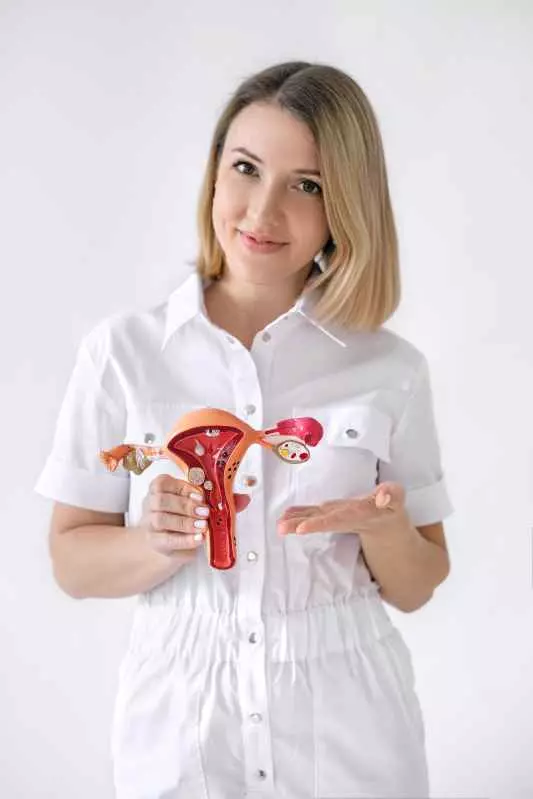Introduction to anatomical models
Anatomical models play a key role in the fine arts, combining science with creativity. They allow artists to better understand the structure of the human body, which affects their ability to portray realistic figures in their works. Using this knowledge allows creative individuals to not only create more authentic works, but also to develop their skills by consciously imitating nature.
History of anatomical models
The history of anatomical models dates back to antiquity, when art and medicine began to intermingle. As early as ancient Egypt and the Greek and Roman periods, the first drawings and sculptures depicting the human body were created. However, it was the Renaissance that was a key moment in the development of anatomical models. Artists such as Leonardo da Vinci began to conduct detailed studies of anatomy, and their drawings of human bodies became the basis for many future artists.
The role of anatomical models in science and art
Thanks to anatomical models, artists are able to better understand the proportions, dynamics and movement of the body. A precise understanding of the structure of the human body allows them to capture not only external features, but also grace and expression. Art is not just about mapping, but also about interpretation, which is made possible by accurate anatomical models. Thanks to them, artists can create works that convey the emotions and dynamics of life in much greater depth.
Types of anatomical models
Anatomical models can be divided into several types, which differ in application and detail. The most popular of these are:
3D models: Contemporary digital anatomical models that offer detailed and interactive representations of the human body thanks to computer technology.Physical models: Traditional three-dimensional models made of plastic, wax or wood that are often used in art schools to teach anatomy.Anatomical drawings: Works by artists that depict detailed diagrams of the body, often enhanced with descriptions. They are extremely useful in the process of learning and understanding anatomy.The importance of anatomical models in art education
Contemporary educational programs in art schools often include the anatomy of the human body as a key teaching element. This not only helps to develop artistic skills, but also to understand how the body functions, which is of great importance when depicting figures in art. The use of anatomical models in art education supports creative development and provides the opportunity for a deeper understanding of form, which affects the quality of the works created.
Using anatomical models in art practice
Any artist who wants to create truly realistic figures should invest time in studying anatomical models. Many of these models go beyond a simple representation of the body in an effort to capture its spirit and emotions. Many great artists, such as Michelangelo, based their works on the study of anatomy, and their works are proof of the power that understanding the structure of the body brings.
The future of anatomical models in the fine arts
As technology advances, anatomical models are becoming more advanced. Virtual reality and augmented reality are opening up new possibilities for artists who want to explore anatomy in an interactive way. Modern digital tools allow for realistic representations of the body that can be rotated, scaled and analyzed in real time. Such innovations are sure to influence future generations of artists and their understanding of anatomy.
Summary
Anatomical models and their use in the fine arts are extremely important and have a rich history. With these tools, artists can better understand humans, their form and expression. It is worth investing in the study of anatomy to develop your artistic skills and create works that are not only beautiful, but also deeply rooted in reality. In the age of technology, the future of anatomical models looks promising, and their internationalization and accessibility will certainly contribute to an even greater understanding of human nature in art.
